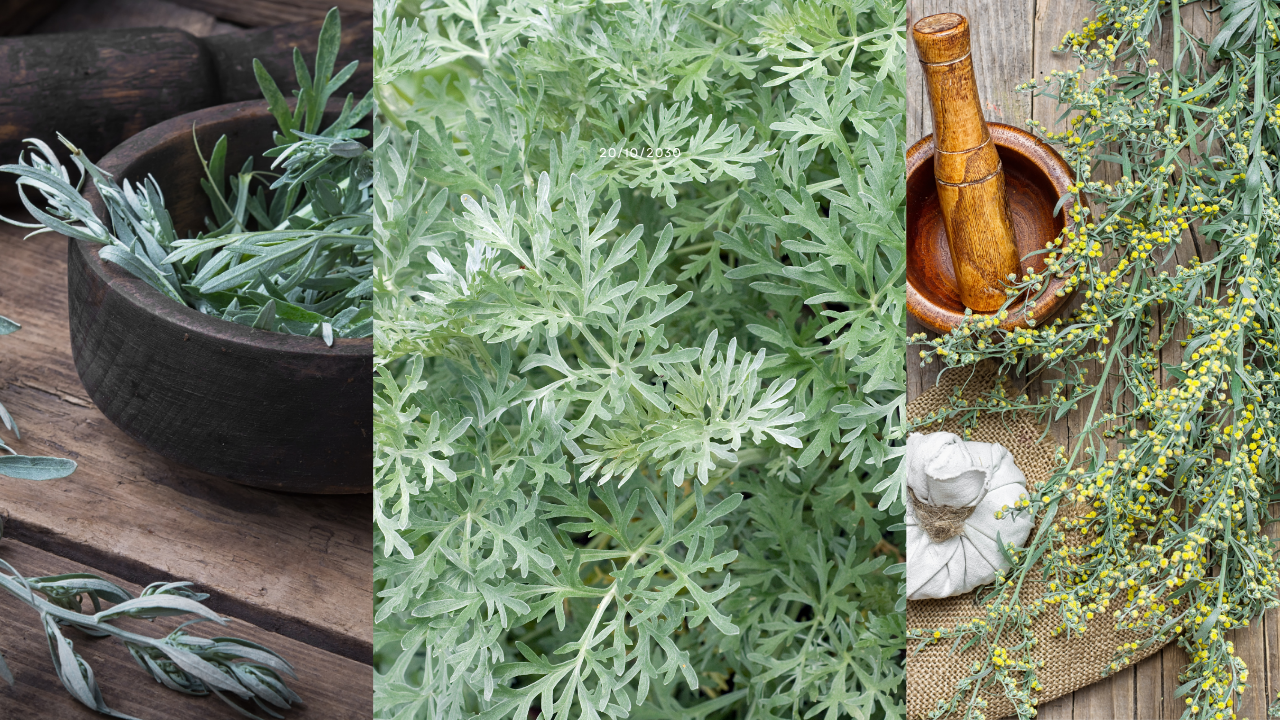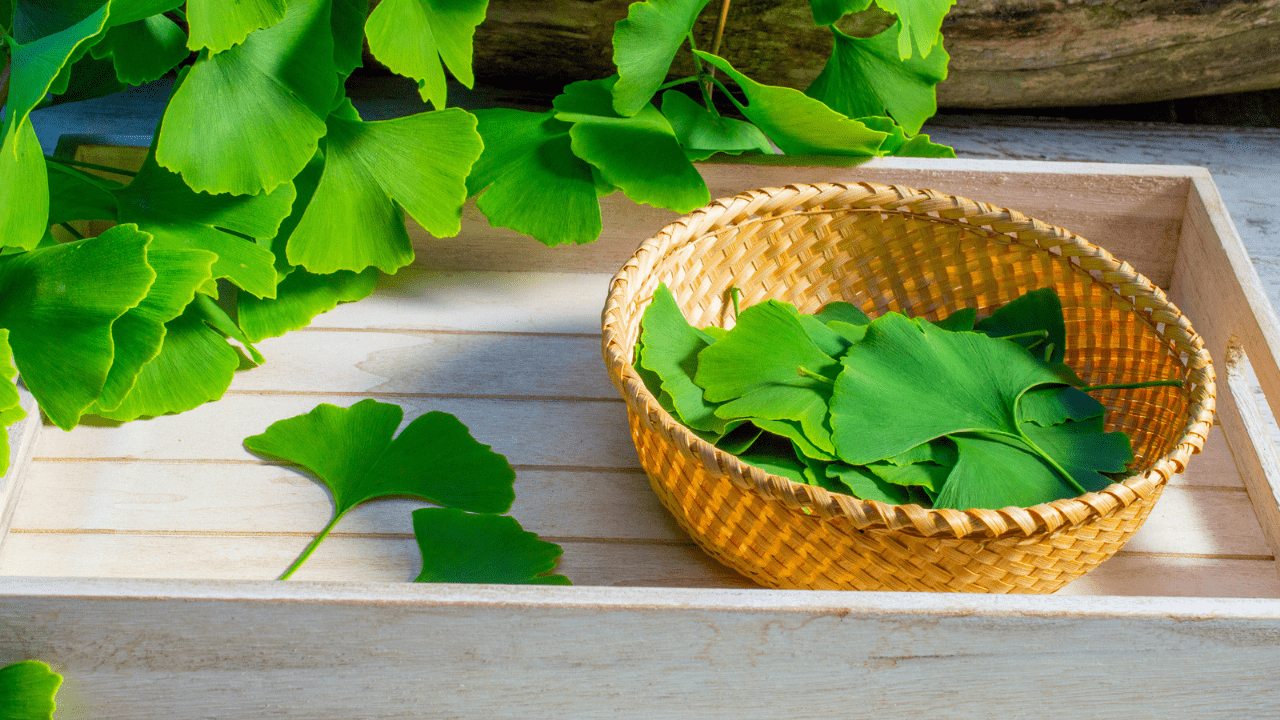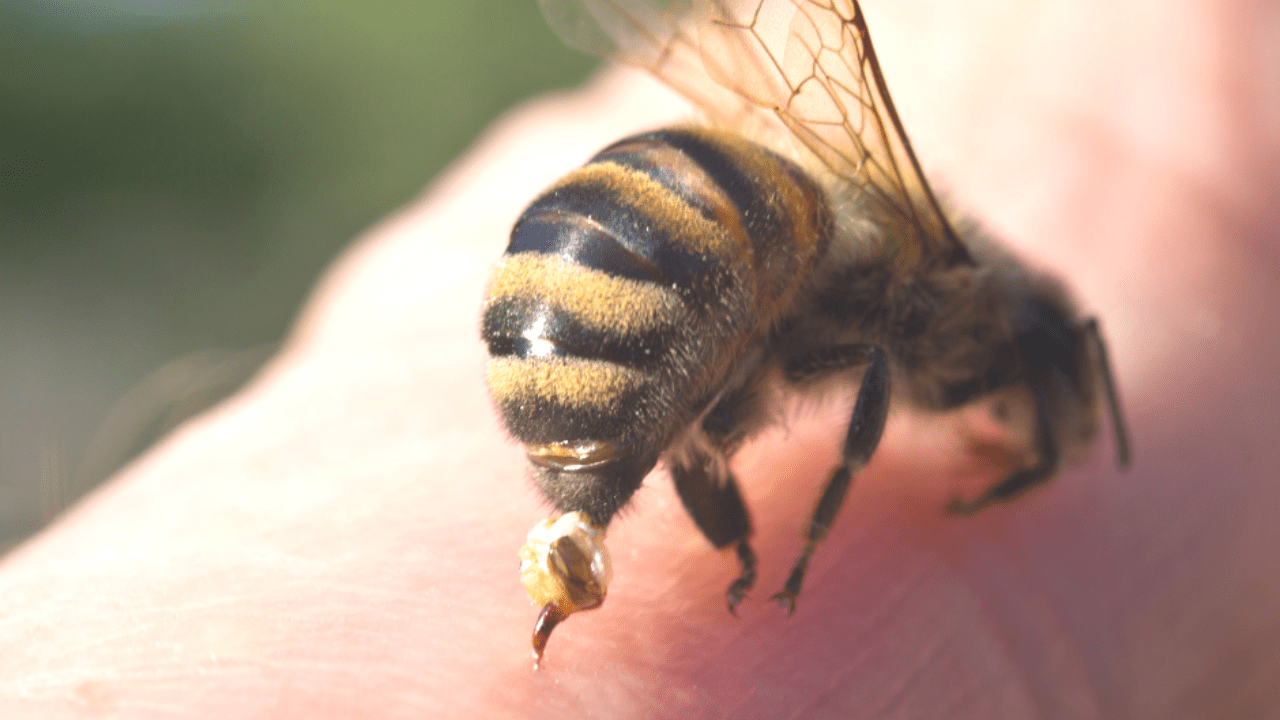THE TRUTH ABOUT WORMWOOD
Safe or Unsafe Wormwood (Artemisia genus) is a woody perennial herb, originally native to Eurasia, Africa and Asia, but has now naturalized in many parts of the world. Most popular for its antiparasitic qualities, wormwood has been used for centuries as a deworming agent for both humans and livestock alike. The most commonly used species for herbal preparations are Artemisia absinthium, which is known as wormwood and Artemisia annua, known as sweet wormwood. Common wormwood (Artemisia absinthium) is a shrubby plant that typically grows to be one to three feet tall. It has gray-green or white stems covered by fine hairs and yellowish-green leaves that are hairy and silky. The leaves of the plant have glands that contain resinous particles where the natural insecticide is stored. Sweet wormwood (Artemisia annua), is also known as sweet annie, sweet sagewort or annual wormwood. Its leaves are aromatic, tender, and deeply dissected into…
Ginko Biloba, the Ancient Tree Of Medicine
The ginkgo tree (Ginkgo biloba), is one of the oldest living tree species on Earth. It has a fascinating history that dates back millions of years. Originating in China millions of years ago, the ginkgo tree has survived many major extinction events and geological changes. Fossils of ginkgo leaves have been found from around 270 million years ago, during the Permian period. This makes it a living fossil, as it has remained relatively unchanged for millions of years. Ginkgo trees have played an important role in human history as well. In ancient China, ginkgo was considered a sacred tree and was planted near temples and palaces. Its fan-shaped leaves were admired for their beauty and symmetry. Ginkgo leaves were also used in traditional Chinese medicine for centuries to treat various ailments, including memory improvement and respiratory issues. During the 18th and 19th centuries, ginkgo trees were introduced to Europe and…
Bee Venom Therapy, The Taboo Treatment
Taboo Treatment


